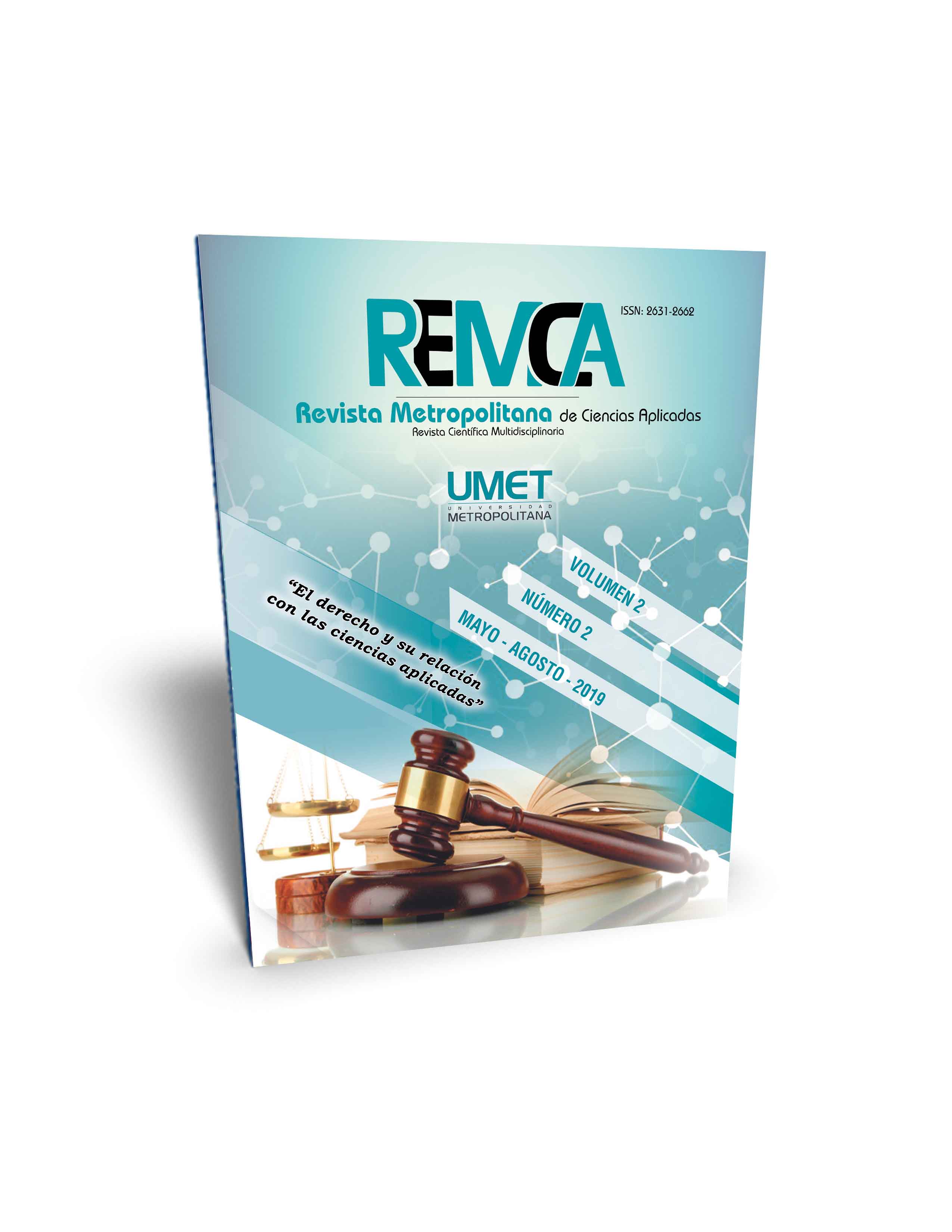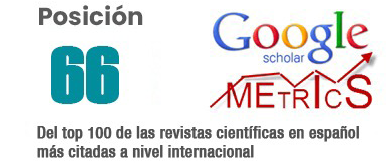Educational multimedia for the development of logical-mathematical skills in children of initial II
DOI:
https://doi.org/10.62452/3g985n27Keywords:
Multimedia, jclic, black box tests, expert criteria, educational centersAbstract
The preparation of a multimedia suitable for the end user allowed to obtain a product that meets the needs of the Child Development Centers of Amaguaña, in the Rumiñahui province of Pichincha, Ecuador. The “Pollitos Felices” Comprehensive Educational Center was considered as a pilot plan for the same project, in which multimedia was experienced, consecutively it is put into consideration in other centers where the functions and learning abilities of children were evaluated in a general way. The following tools were used to prepare the multimedia: Jclic 3.0 for multimedia design, Mysql 5.5.8 was used as the database manager. It was used for image design and sound editing Fireworks 8.0.0.7 and Audacity 2.1.2 respectively. The black box testing technique is used in order to assess the relevant validations in the interface, the result obtained was good. To validate the proposed solution according to expert criteria, once tested in the different educational centers, a survey is carried out.
Downloads
References
Belloch Ortí, C. (2012). Desarrollo de Aplicaciones Multimedia Interactiva. Recuperado de http://www.uv.es/bellochc/pdf/pwtic5.pdf.
Busquet Burguera, F. (2012). Descarga e instalaciòn de JClic. Recuperado de http://clic.xtec.cat/es/jclic/download.htm
Castro Romero, J. (2014). Arquitectura de aplicaciones web 2 capas. Recuperado de http://www.monografias.com/trabajos89/cliente-servidor-dos-capas/cliente-servidor-dos-capas.shtml
Ecuador. Ministerio de Educación. (2014). Currículo Educación Inicial. Recuperado de http://educacion.gob.ec/wp-content/uploads/downloads/2014/06/curriculo-educacion-inicial-lowres.pdf
Gutiérrez Gallardo, J. (2014). Mysql. Recuperado de https://enreas.wordpress.com/2014/12/06/mysql/
O’Neill, P. (2015). Primeros pasos con Fireworks. Recuperado de https://www.mundomanuales.com/manuales/813.pdf
Pacher, A., & Ronchi, R. (2010). Plan didáctico de uso de la tecnología y comunicación. Recuperado de http://www.zona-bajio.com/sep191707.pdf
Ruiz, A. (1 de 03 de 2010). Servidores Wamp. Recuperado de http://recursostic.educacion.es/observatorio/web/es/software/servidores/800-monografico-servidores-wamp
Downloads
Published
Issue
Section
License
Copyright (c) 2019 Miguel Ángel Fernández Marín, Ana Cecilia Nacimba Quinga, Fidel Ángel Gutiérrez Rodríguez, Débora González Tolmo (Autor/a)

This work is licensed under a Creative Commons Attribution-NonCommercial-ShareAlike 4.0 International License.
Authors who publish in Revista Metropolitana de Ciencias Aplicadas (REMCA), agree to the following terms:
1. Copyright
Authors retain unrestricted copyright to their work. Authors grant the journal the right of first publication. To this end, they assign the journal non-exclusive exploitation rights (reproduction, distribution, public communication, and transformation). Authors may enter into additional agreements for the non-exclusive distribution of the version of the work published in the journal, provided that acknowledgment of its initial publication in this journal is given.
© The authors.
2. License
The articles are published in the journal under the Creative Commons Attribution-NonCommercial-ShareAlike 4.0 International License (CC BY-NC-SA 4.0). The terms can be found at: https://creativecommons.org/licenses/by-nc-sa/4.0/deed.en
This license allows:
- Sharing: Copying and redistributing the material in any medium or format.
- Adapting: Remixing, transforming, and building upon the material.
Under the following terms:
- Attribution: You must give appropriate credit, provide a link to the license, and indicate if any changes were made. You may do this in any reasonable manner, but not in any way that suggests the licensor endorses or sponsors your use.
- NonCommercial: You may not use the material for commercial purposes.
- ShareAlike: If you remix, transform, or build upon the material, you must distribute your creation under the same license as the original work.
There are no additional restrictions. You may not apply legal terms or technological measures that legally restrict others from doing anything the license permits.




